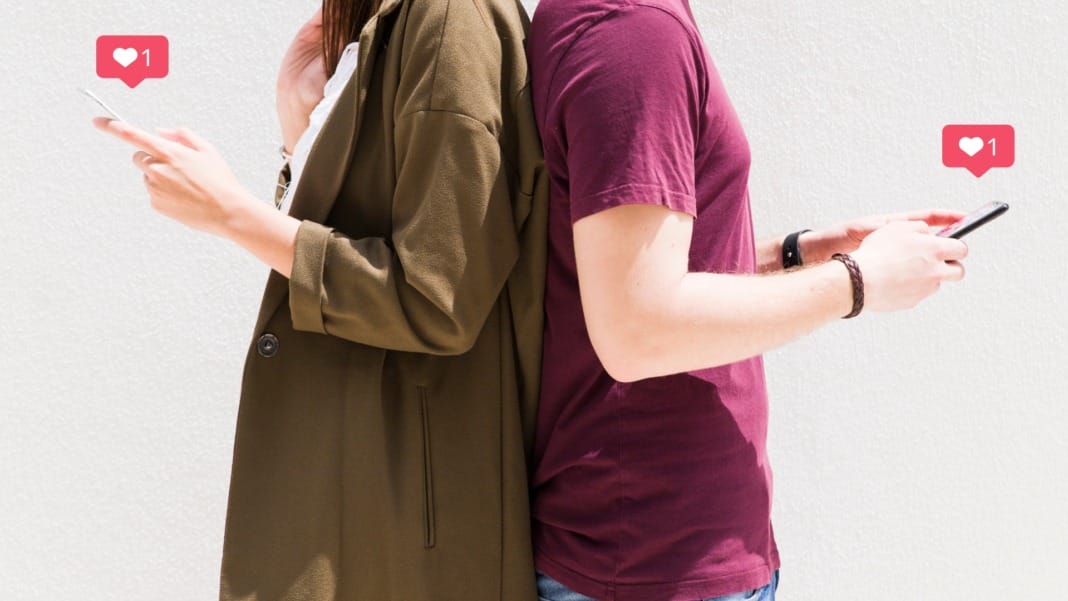Cybersecurity experts have uncovered a surprising new method to bypass an essential browser security feature, even when advanced measures protect the browser. Researchers at Mandiant have demonstrated how QR codes can be exploited to enable malware to communicate with its command-and-control (C2) servers, even when a browser operates in an isolated or sandboxed environment.
What is browser isolation?
Browser isolation is a modern cybersecurity method that safeguards users from web-borne threats. Instead of allowing code and scripts to execute directly on your device, your browser communicates with a remote browser located in a cloud environment or virtual machine. You only receive a visual representation of the web page while all code and commands are processed on the remote system.
This approach effectively creates a barrier between your device and malicious websites, functioning like browsing through the lens of a camera. While this has been a significant step in preventing cyberattacks, the new findings suggest that even this advanced method is not foolproof.
The loophole: How QR codes play a role
Mandiant researchers have discovered a way for C2 servers to interact with malware on an infected device, even when browser isolation is active. The key lies in QR codes. When malware is present on a device, it can analyse the pixels rendered on the screen. If these pixels form a QR code, the malware can decode and use the information to execute further actions.
Mandiant demonstrated this vulnerability using the latest version of Google Chrome to prove the concept. They employed Cobalt Strike’s External C2 feature, a popular penetration testing tool, to showcase how the malware could receive instructions via QR codes.
Limitations of this method
Despite its potential, this technique has significant limitations. QR codes can only transmit a small amount of data—up to 2,189 bytes. Additionally, the process suffers from a latency of about five seconds, making it unsuitable for transmitting large payloads or supporting complex actions like SOCKS proxying.
Further security measures, such as URL scanning or data loss prevention systems, could render this method ineffective. These tools can detect unusual activity or block QR code data streams before damage is done.
While this method may seem impractical for large-scale attacks, it could still be used in targeted, destructive malware campaigns. As a result, IT teams are being urged to remain vigilant. Special attention should be given to monitoring the flow of traffic, especially from headless browsers operating in automation mode, which attackers commonly use to exploit vulnerabilities.
This discovery underscores the evolving nature of cyber threats and highlights the need for continuous advancements in security measures.





